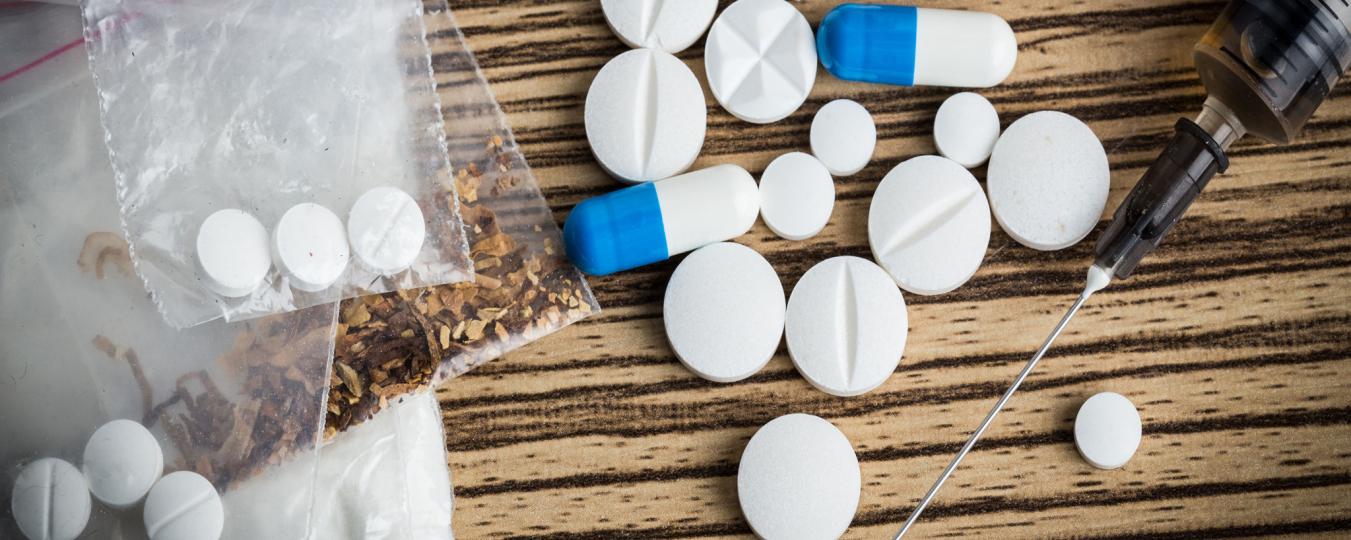Rutgers Researchers Delve Deep Into the Genetics of Addiction
Danielle Dick, a professor of psychiatry at Robert Wood Johnson Medical School who leads the Rutgers Addiction Research Center, has spent decades hunting genes that contribute to drug and alcohol addiction.
While much remains unknown, improving technology has sped the rate of discovery. Dick’s lab has published five studies in the past month.
How much of addiction is genetic?
More than half of the differences in how likely people are to develop substance use problems stem from DNA differences, though it varies a little bit by substance. Research suggests alcohol addiction is about 50 percent heritable, while addiction to other drugs is as much as 70 percent heritable.
How many genetic risk factors have we discovered?
Hundreds, but there are hundreds more to be discovered. We just did a study where we measured how well the best current polygenic scores, combined with environmental risk factors, predicted substance use disorders in 15,000 people who participated in long-term studies, and we found that they only predicted about 10 percent of the outcome variations we saw. That said, people with the highest levels of risk were four times more likely to develop a substance use disorder than people with the lowest levels of risk, so we can already help people understand their risk level and optimize their health choices.
Are the risky genetic variants the same for all substances, or can someone have a high risk of alcoholism but little risk of opioid addiction?
Most of the genes that influence substance use disorders are shared across many forms of addiction. That means that people carrying risk genes are at risk for a variety of substance use problems. A paper we recently published found that a large part of the genetic risk is related to self-regulation, which reflects how differently wired brains process risk and reward. Some people have brains primed toward greater impulsivity than others, and this can put them at risk for numerous forms of addiction. Other genes are specific to the individual substances (e.g., just influence alcohol problems).
Do any of the big genetic testing companies tell users about increased risk for addiction?
Not right now. The science is still maturing, and many of these discoveries are very new. Genetic information alone will never be fully predictive of substance use because the environment also plays an important role. We are currently working on how to combine genetic and environmental information to help people understand their level of risk.
Would knowing about increased risk of addiction help people avoid addiction?
That’s also the topic of another new paper from our group. The current literature finds no consistent evidence that receiving information about genetic risk for things like cancer inspires people to change their behavior. Future studies need to test strategies based on behavioral science to help people at elevated risk connect to resources to maximize their health and well-being.
Are there ways people can infer their genetic risk from their behavior?
Yes. We know that individuals who are more risk-taking or impulsive are at elevated risk, as are individuals who are prone to depression or anxiety. In a recent study of nearly 5,000 college students, we found that motives for drinking reflected different types of genetic risk. Individuals who drink to cope were at elevated risk of developing problems, as compared to individuals who drink to socialize. But those who drank to have fun were more likely to binge drink, which we know is associated with experiencing more alcohol-related accidents and consequences like fights or unwanted sexual experiences.
Any others?
The best-known indicator of genetic risk is having a parent with a substance use disorder, but the transmission of risk from parent to child isn’t purely genetic. Another of our recent papers found that resident children of parents who have substance use disorders and related behavioral challenges will engage in similar behaviors more than the genetics of the child would predict. The parents not only pass on their genes but create a riskier environment for the kids. Additionally, kids with elevated genetic risk, who may be more challenging for parents, also had lower parent-child closeness and communication, which further elevated their risk. We’re just starting to untangle the ways that kids’ and parents’ genes and environments come together to contribute to risk and resilience.
Media Contact
Andrew Smith
[email protected]




